England Geography Teacher Discovers Stone With 1,600-Year-Old Inscriptions in His Garden
A British geography teacher came across a remarkable ancient find while weeding his garden in Coventry, England, that could shed insight into Medieval Britain’s use of an ancient alphabet.
Concealed beneath the soil was a stone adorned with peculiar etchings. Upon further examination, it was revealed that these unique incisions were not just ancient but over a millennium old, representing an early form of the alphabet used by the Celtic inhabitants of the British Isles, known as Ogham.
The Ogham Alphabet
The Ogham alphabet refers to a particular written script that appeared on the Irish and British islands sometime during the early Medieval period, most likely around the 4th century AD.
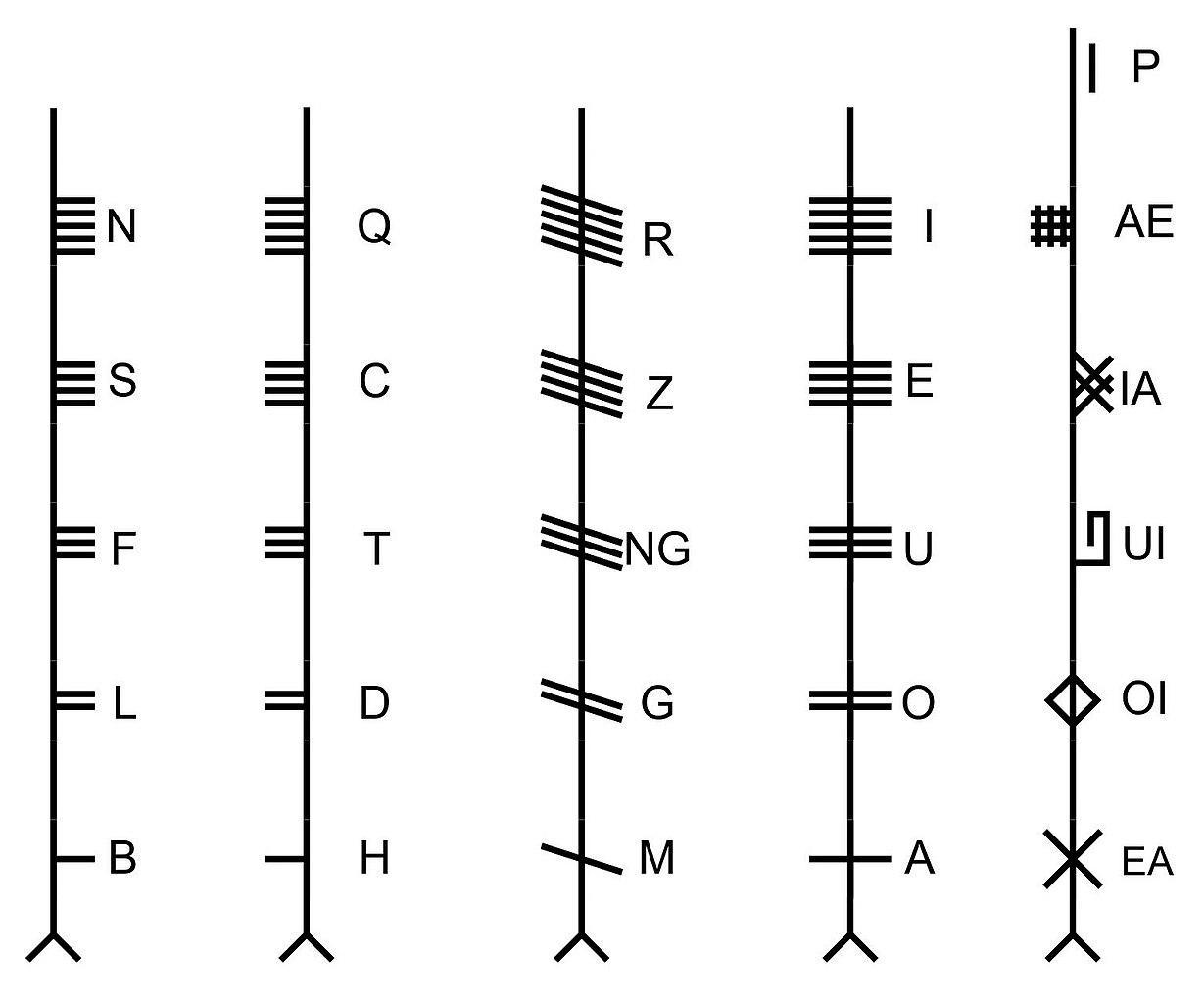
Source: Wikimedia
Researchers have suggested that the ancient Pre-Celtic and Celtic inhabitants of the islands had already gained an understanding of Latin before implementing their own writing system. It’s thought Ogham was primarily invented to write down the Irish language.
Spread of the Ogham Alphabet
According to Maynooth University, there are around 400 stones inscribed with Ogham throughout the landscape today. Most of these are in Ireland and found in the highest concentrations in the South West, including Cork, Waterford, and Kerry.

Source: Wikimedia
However, it appears that the other native groups of the British islands, including the Britons and the illustrious Picts, also used the Ogham alphabet for their own languages.
Discovery of an Ogham Stone in Coventry
While Ireland appears to have been the home of the Ogham alphabet, stones inscribed with the alphabet continuously pop up across the British Isles. Just recently, Graham Senior had been working in his garden in Coventry, in the West Midlands county of England, when he came across one such stone buried in his soil.
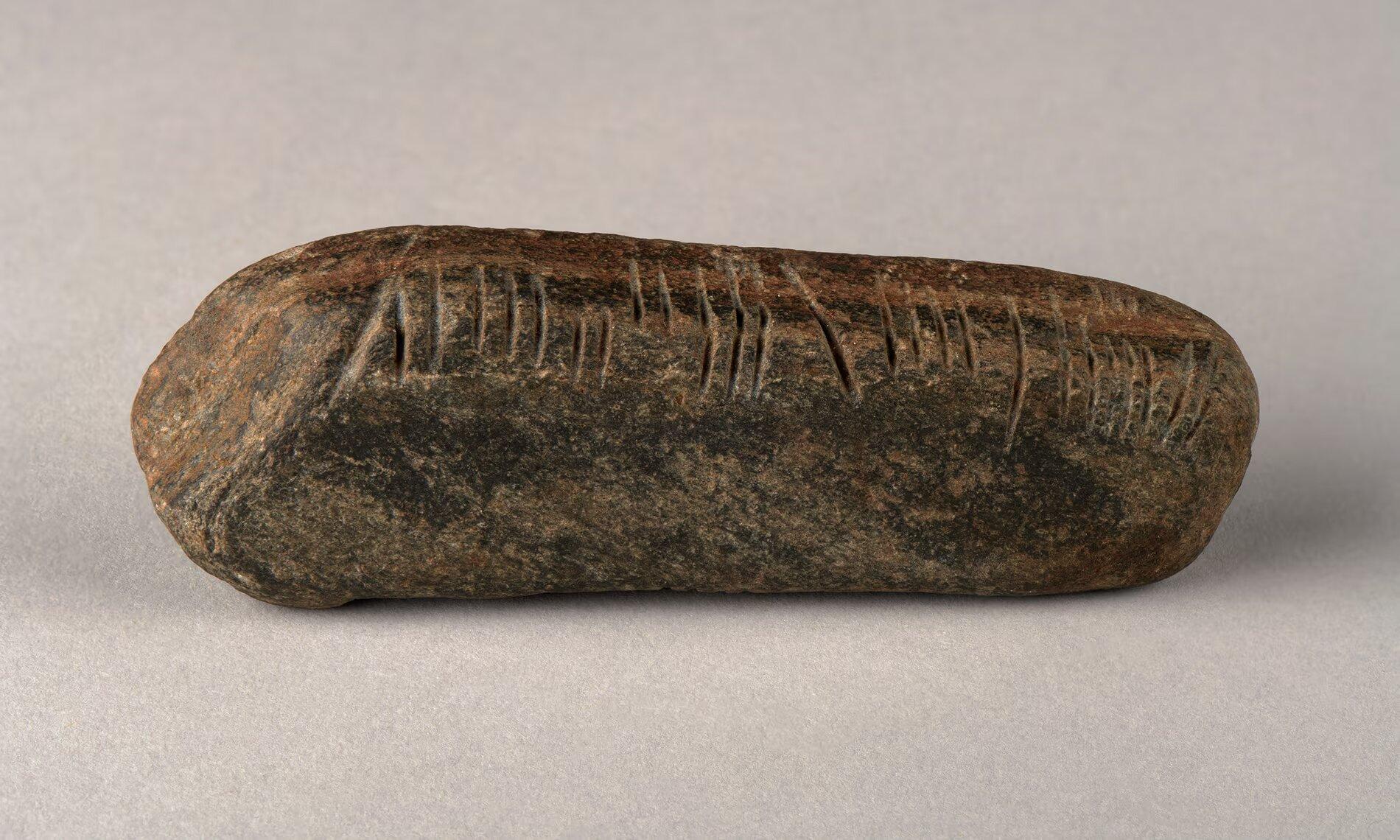
Source: The Herbert Art Gallery and Museum
After removing the find from the Earth, he quickly realized its importance and sent photos to a local archaeologist.
Archaeologist Confirms Its Value
Senior was taken aback when the archaeologist, also his relative, told him to contact the Portable Antiquities Scheme. They later concluded that the strange markings on the stone were in Ogham and that the item could be around 1,600 years old.
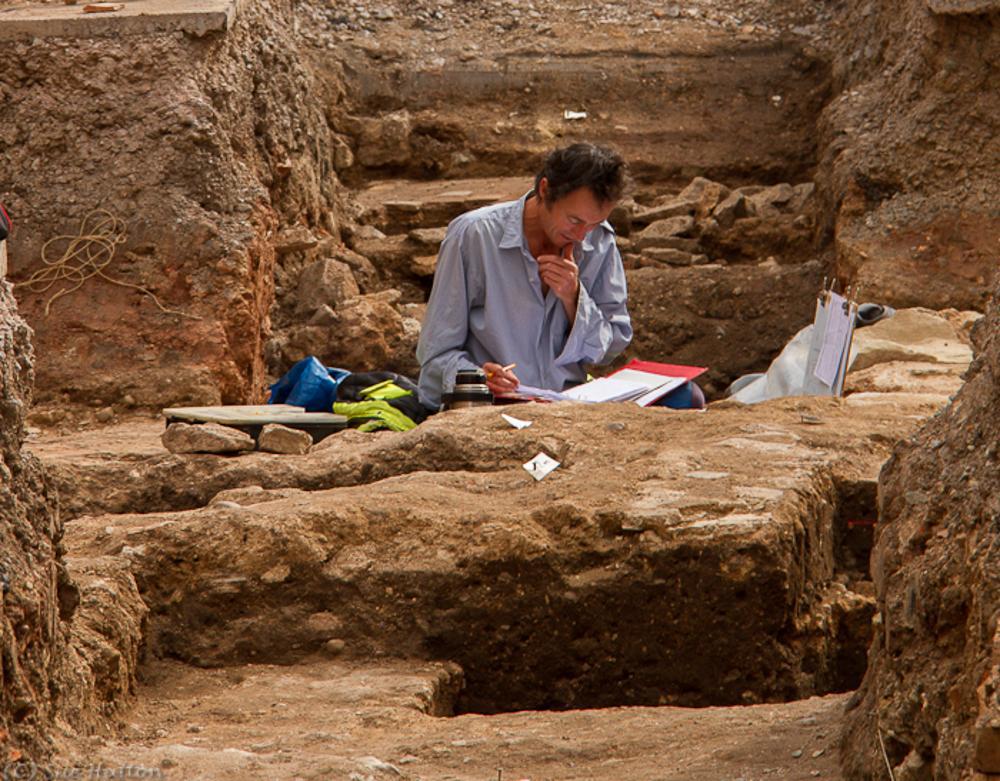
Source: Wikimedia
The Ogham alphabet consisted of parallel lines, each representing a letter. When certain groups of letters were combined, they spelled out words. Experts believe there were around 20 Ogham letters in total.
Senior Speaks on His Find
During an interview with The Guardian, Senior claims when he discovered the ancient artifact, it was less than five inches below the surface of his garden.

Source: Freepik
“I was just clearing a flowerbed of weeds and stones when I saw this thing and thought, that’s not natural, that’s not scratchings of an animal. It can’t have been more than four or five inches below the surface,” he said.
Archaeologist Speaks on Rare Discovery
Archaeologist and finds liaison officer for Staffordshire and West Midlands, Teresa Gilmore, shared her thoughts on the discovery, calling it an amazing find.

Source: Freepik
Based at Birmingham Museums, Gilmore said, “This is an amazing find. The beauty of the Portable Antiquities Scheme is that people are finding stuff that keeps rewriting our history.”
Coventry Ogham Stone Offers New Insight Into Medieval Era
The archaeologist went on to explain that the Coventry ogham stone could help shed insight into Medieval activity in the region.
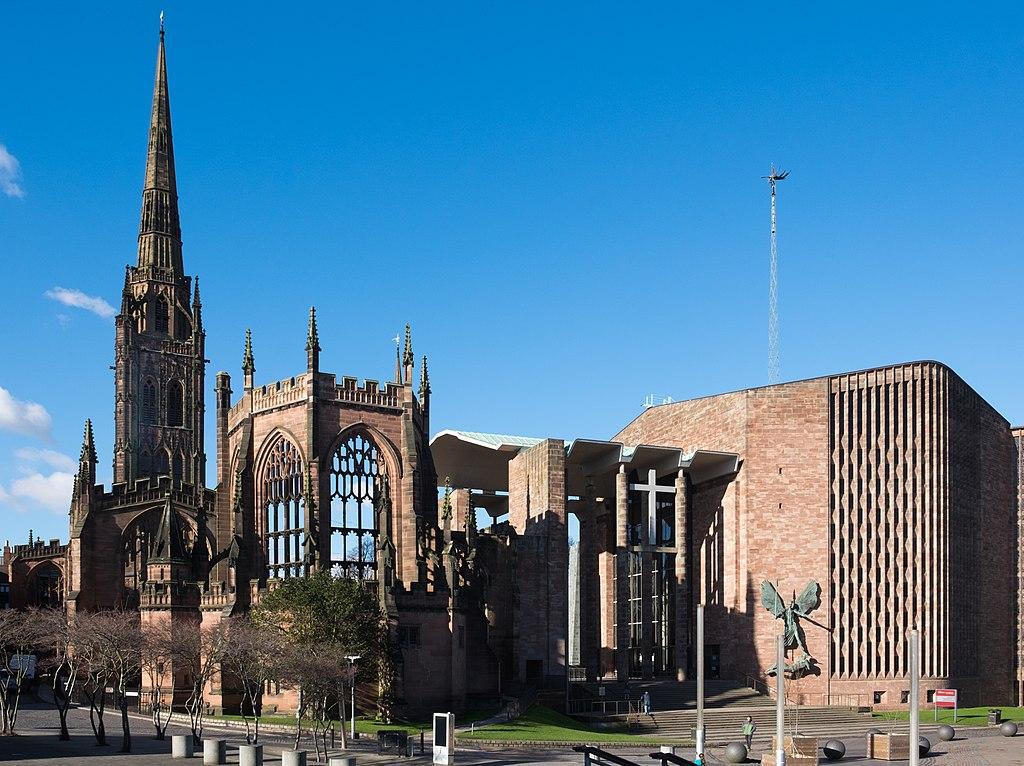
Source: Wikimedia
“This particular find has given us a new insight into early medieval activity in Coventry, which we still need to make sense of. Each find like this helps in filling in our jigsaw puzzle and gives us a bit more information,” she said.
The Ogham Stone Is Identified at a Glaswegian University
When Senior first informed Gilmore of the find, he sent her several photographs, which she then sent to Katherine Forsyth, a professor of Celtic Studies at the University of Glasgow. Forsyth confirmed that the markings were, in fact, Ogham script.

Source: Wikimedia
Gilmore later said ogham stones in Southern Britain are “very rare and have generally been found in Ireland or Scotland. So to find them in the Midlands is actually unusual.”
The Inscriptions on the Stone
The stone, which was later analyzed, is around 139 grams and just over 11cm long. It bears markings on three of its four sides. When questioned about its purpose, Gilmore said, “It could have been a portable commemorative item. We don’t know. It’s an amazing little thing.”
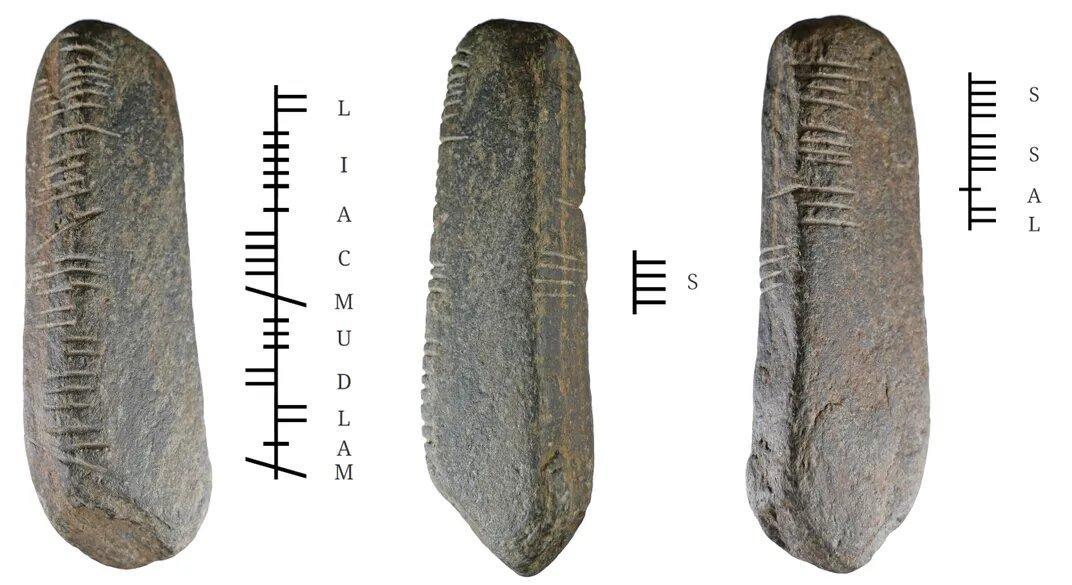
Source: Birmingham Museums Trust
Explaining its inscription, “Maldumcail/ S/ Lass,” Gilmore said: “The first part relates to a person’s name, Mael Dumcail. The second part is less certain. We’re not sure where the S/ Lass comes from. It is probably a location. So something like ‘had me made.’”
Found Close to a Possible Transporation Route
Senior has begun postulating one theory: that the exciting artifact may have ended up in his garden because it was once part of an extensive transportation route.

Source: Freepik
“We’re not far from the River Sowe. My thinking is that it must have been a major transport route,” said the Geography teacher.
Ogham Stone on Display in Coventry
The ogham stone was placed on display at the Collecting Coventry Exhibition event, which opened on May 11.
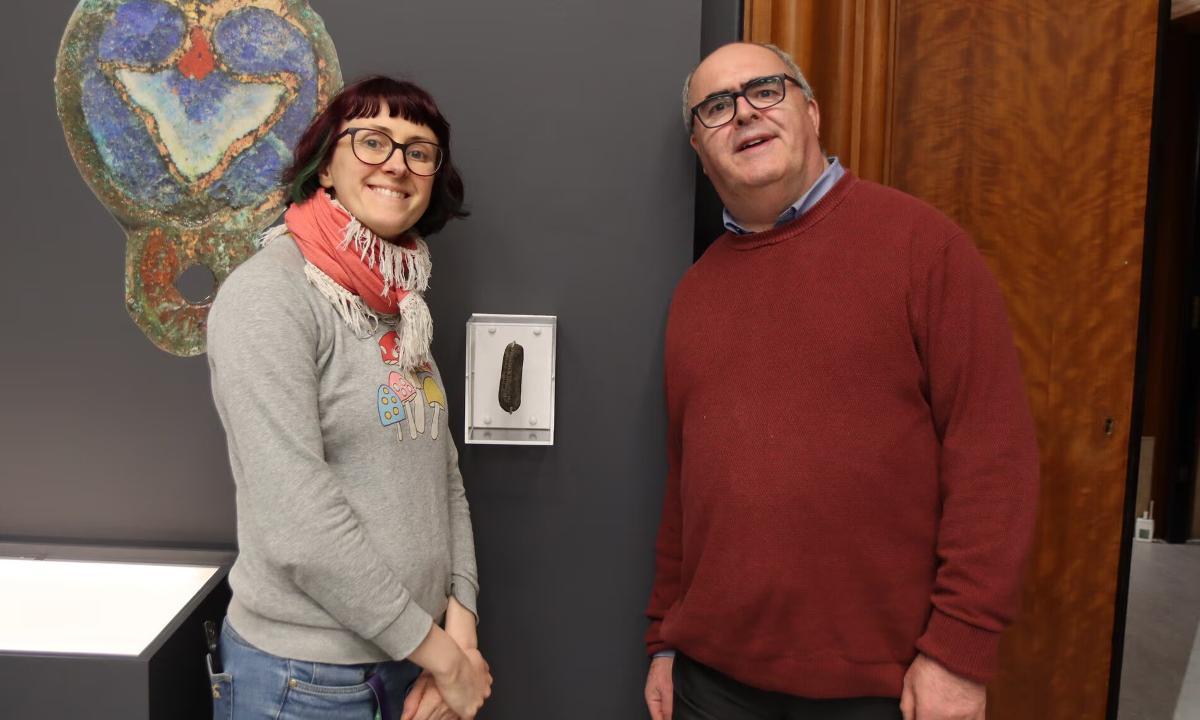
Source: The Herbert Art Gallery and Museum
“It is really quite incredible. The language originates from Ireland. So, to have found it within Coventry has been an exciting mystery. Coventry has been dug up over the years, especially the city center, so there are not that many new finds. It was quite unexpected,” said Ali Wells, a curator at the museum.
